If your house doesn’t have a connection to the municipal natural gas supply, you probably use electricity to power most appliances, including the heater. The most common type of electric central heating system is the electric furnace, which works on the basic principle of electrical resistance heating. Electrical current flows through wires in the heating elements, causing the elements to heat up. The air sent through the furnace picks up heat from the surface of the elements and then continues into the ventilation system to the rest of the house.
It’s easy to explain—not much different from how a toaster works—but there are special components involved that allow an electric furnace to work reliably and provide precision home heating. We’re going to focus on one of them in this post: the sequencer.

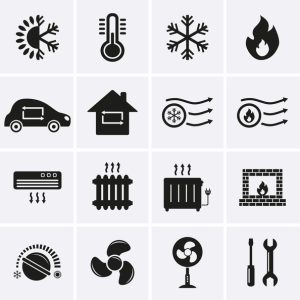
 What do you expect from your home’s furnace when you start it up for the season? Heat, obviously! But just plain heat isn’t enough, otherwise you could do well for a house with just a cheap space heater. No, you have a furnace because you want heat distributed throughout your house so all the rooms enjoy warmth. That’s the whole point of having a central heating system.
What do you expect from your home’s furnace when you start it up for the season? Heat, obviously! But just plain heat isn’t enough, otherwise you could do well for a house with just a cheap space heater. No, you have a furnace because you want heat distributed throughout your house so all the rooms enjoy warmth. That’s the whole point of having a central heating system.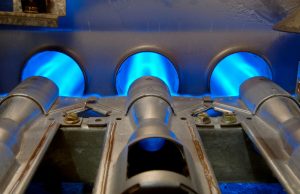 It’s probably going to be the last month you will run your furnace for a good long while. You have a few more days left, and it’s easy to think that it doesn’t matter much if the furnace isn’t working as well as it usually does.
It’s probably going to be the last month you will run your furnace for a good long while. You have a few more days left, and it’s easy to think that it doesn’t matter much if the furnace isn’t working as well as it usually does.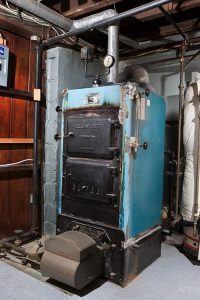 The end of the winter season is a period when we recommend homeowners who have heating equipment that is older than 10 years give consideration to when it needs to be replaced. No, this doesn’t mean that a heating system that’s older than 10 years is an automatic replacement. But this is the period when the heater may start to show signs of wearing down, losing energy efficiency, and becoming a higher risk for a breakdown.
The end of the winter season is a period when we recommend homeowners who have heating equipment that is older than 10 years give consideration to when it needs to be replaced. No, this doesn’t mean that a heating system that’s older than 10 years is an automatic replacement. But this is the period when the heater may start to show signs of wearing down, losing energy efficiency, and becoming a higher risk for a breakdown.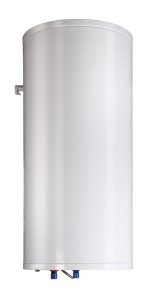 One of big advantages of having a boiler to heat your home is that boilers in general need fewer repairs than furnaces or heat pumps, the other common central heating systems. Why is thos? It’s because boilers have fewer mechanical moving parts. The lower number of mechanical parts, the less wear due to operation over the years. You can anticipate only having to make an occasional call for
One of big advantages of having a boiler to heat your home is that boilers in general need fewer repairs than furnaces or heat pumps, the other common central heating systems. Why is thos? It’s because boilers have fewer mechanical moving parts. The lower number of mechanical parts, the less wear due to operation over the years. You can anticipate only having to make an occasional call for 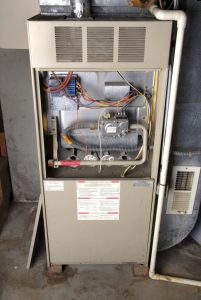 Why are furnaces so common as heaters in homes? Even with other options, like boilers, heat pumps, and electric baseboard heaters, furnaces are still the type of comfort system people think of first when they want winter heat. There are several reasons for the widespread use of furnaces: they’re powerful, dependable, and for a house that already has ducts, a flexible fit.
Why are furnaces so common as heaters in homes? Even with other options, like boilers, heat pumps, and electric baseboard heaters, furnaces are still the type of comfort system people think of first when they want winter heat. There are several reasons for the widespread use of furnaces: they’re powerful, dependable, and for a house that already has ducts, a flexible fit. Zone controls give you more power to control how your house is heated and cooled. An HVAC system without zone controls provides general heating and cooling to the house whenever it is turned on. Each room vent in the house sends out conditioned air, regardless of whether the rooms require it or not. You’re familiar with this system because you probably have one like it. On a cold day in winter, when you turn the furnace on for warmth, all the rooms in the house receive heat blown through the ventilation system.
Zone controls give you more power to control how your house is heated and cooled. An HVAC system without zone controls provides general heating and cooling to the house whenever it is turned on. Each room vent in the house sends out conditioned air, regardless of whether the rooms require it or not. You’re familiar with this system because you probably have one like it. On a cold day in winter, when you turn the furnace on for warmth, all the rooms in the house receive heat blown through the ventilation system. Are you looking to have a new heating system installed in your house? If you are, one of the most important bits of information you’ll want to find out about potential models is their efficiency. A high-efficiency furnace uses less energy to provide more heat, and therefore costs less to run.
Are you looking to have a new heating system installed in your house? If you are, one of the most important bits of information you’ll want to find out about potential models is their efficiency. A high-efficiency furnace uses less energy to provide more heat, and therefore costs less to run. This is not the way you want to start the winter—with a furnace that turns on but falls short of providing the comfort you expect.
This is not the way you want to start the winter—with a furnace that turns on but falls short of providing the comfort you expect. Using a boiler is a great way to enjoy even, comfortable heating throughout your house during the winter. Among the choices for
Using a boiler is a great way to enjoy even, comfortable heating throughout your house during the winter. Among the choices for